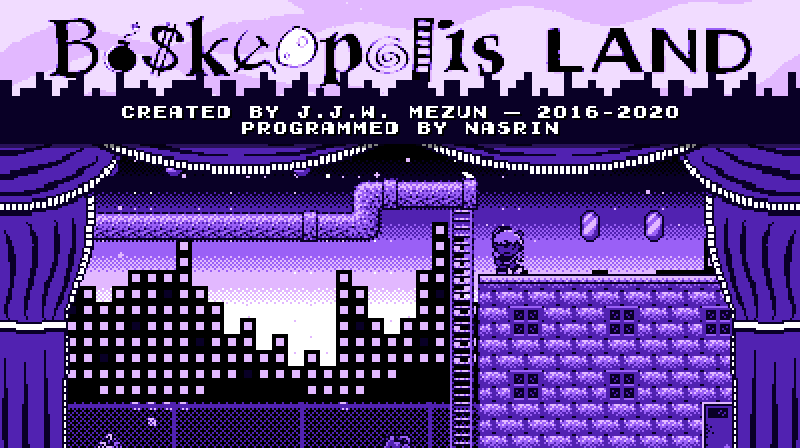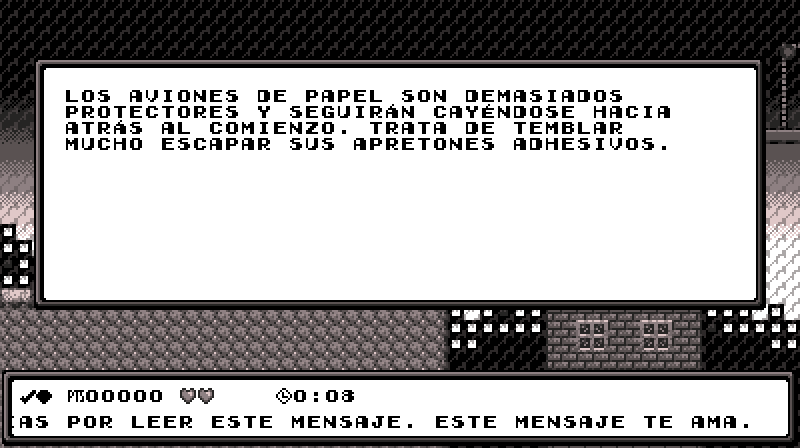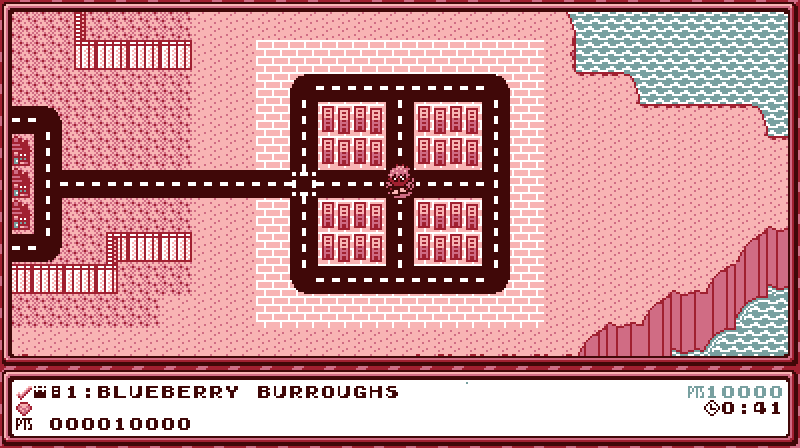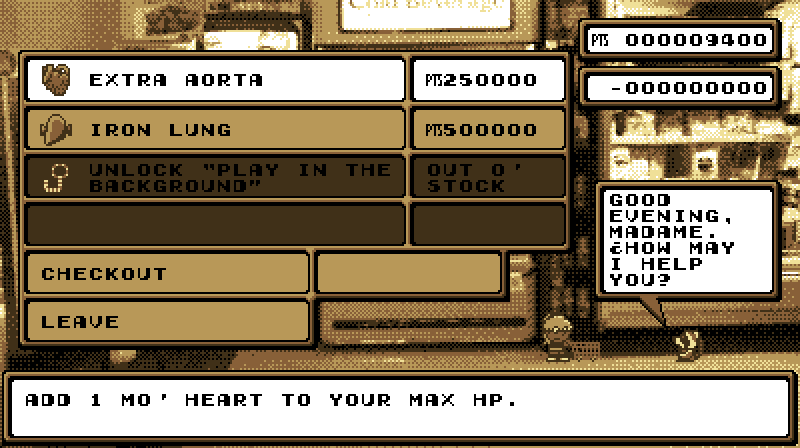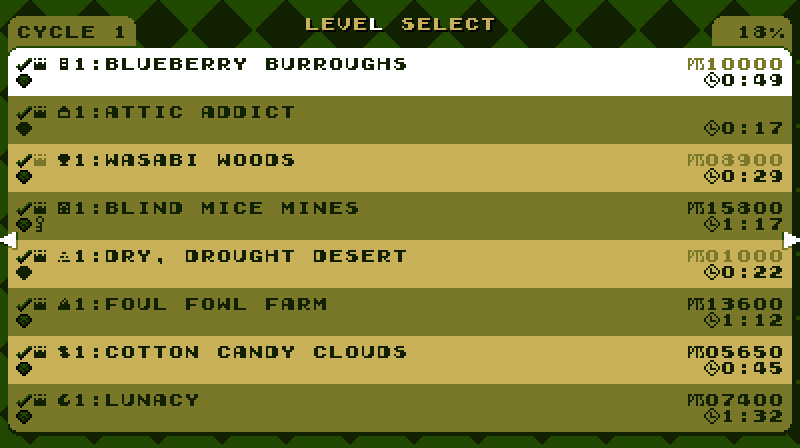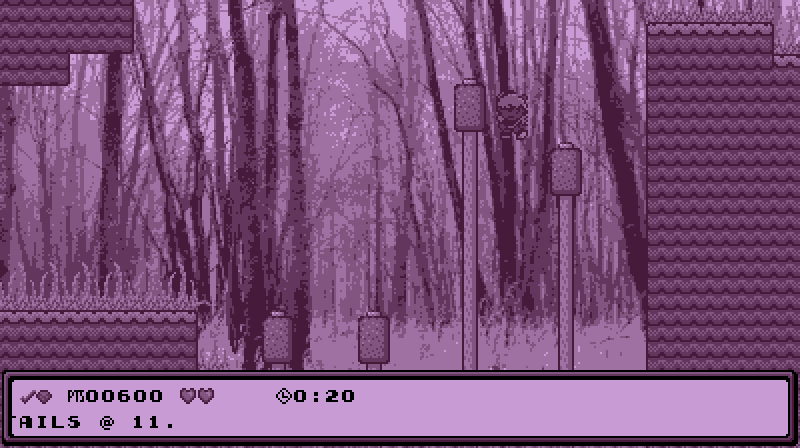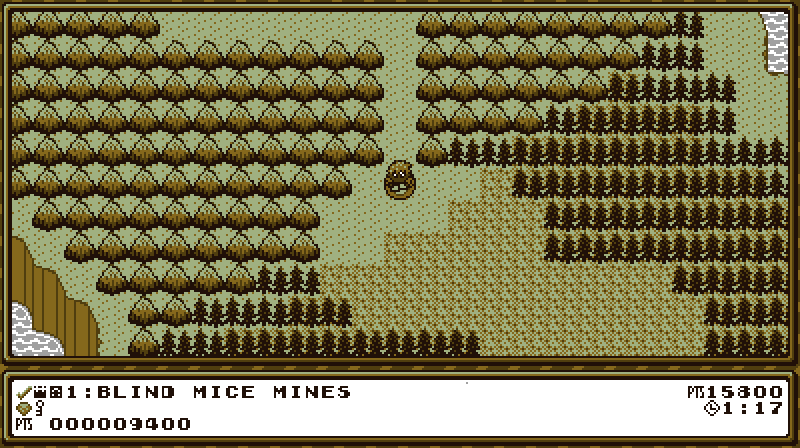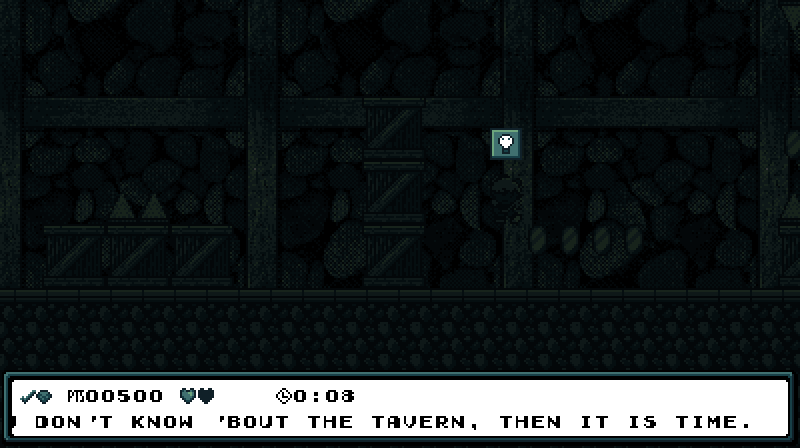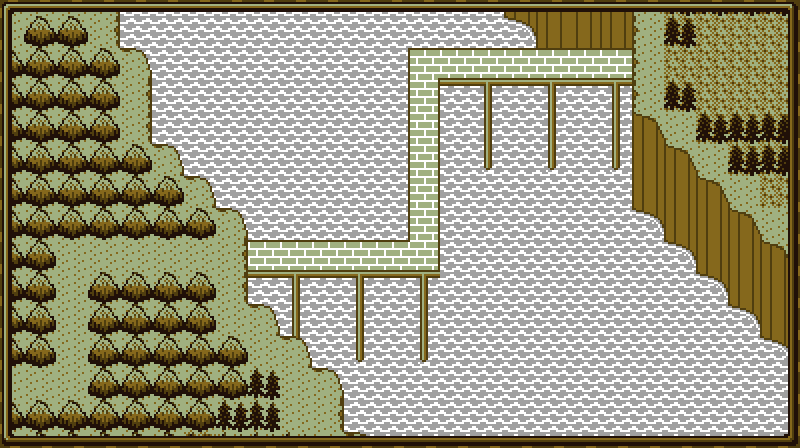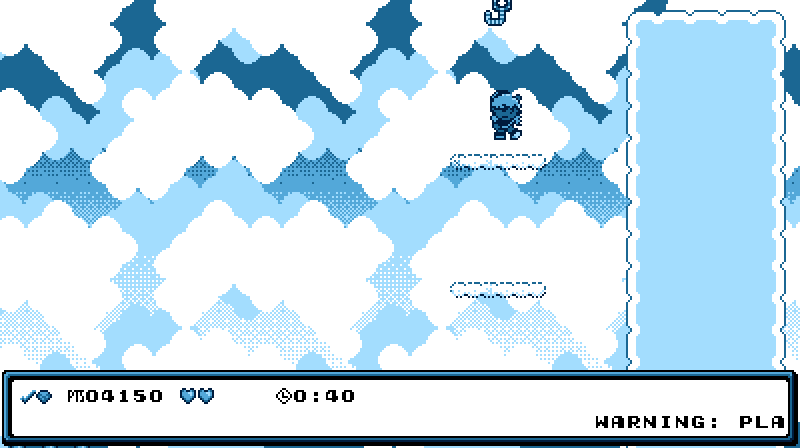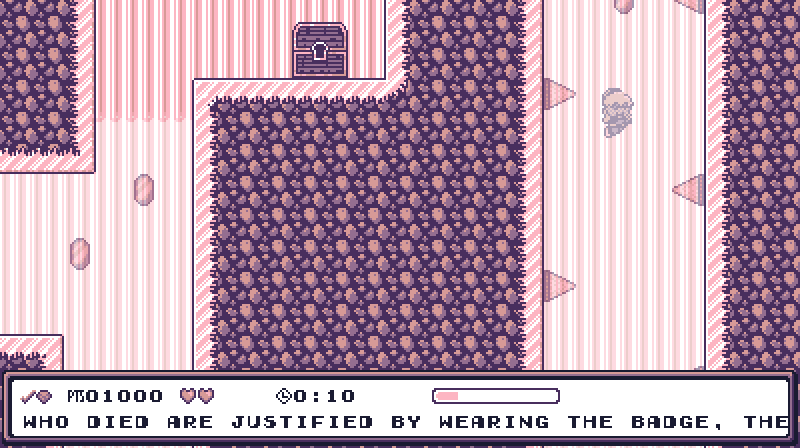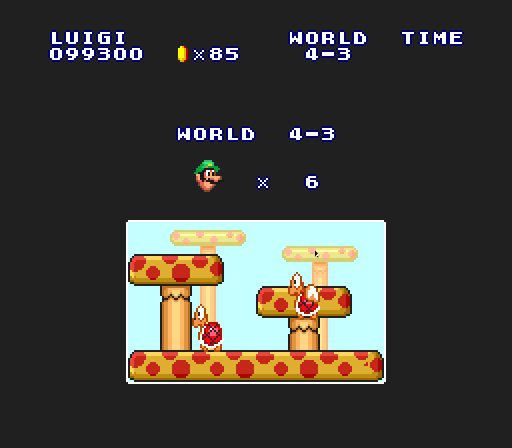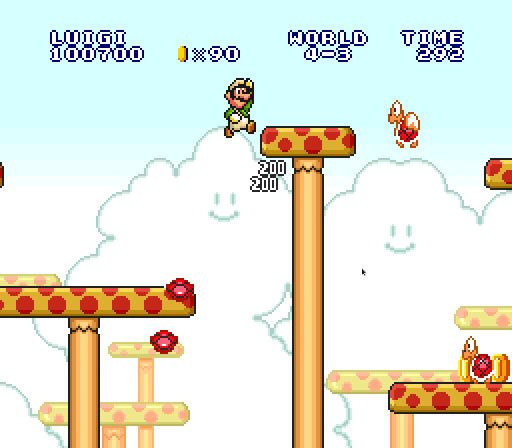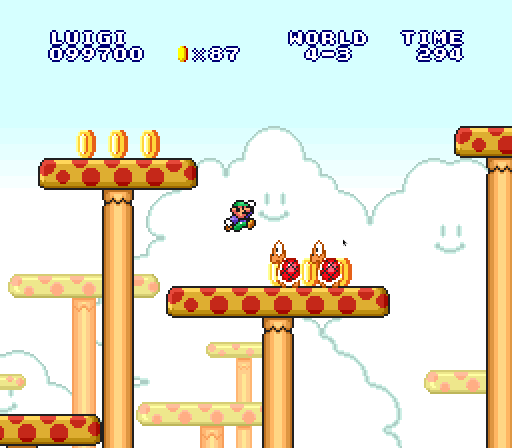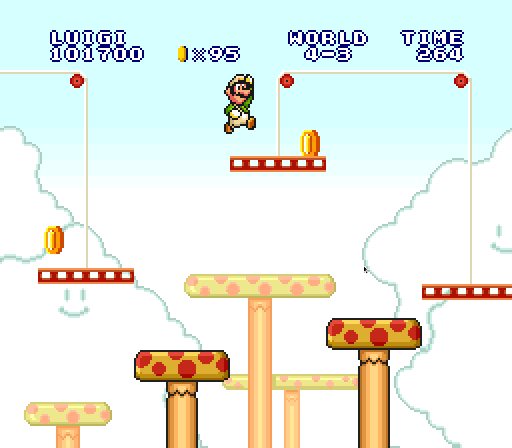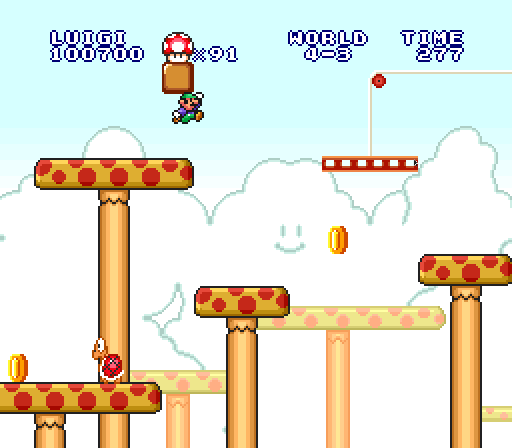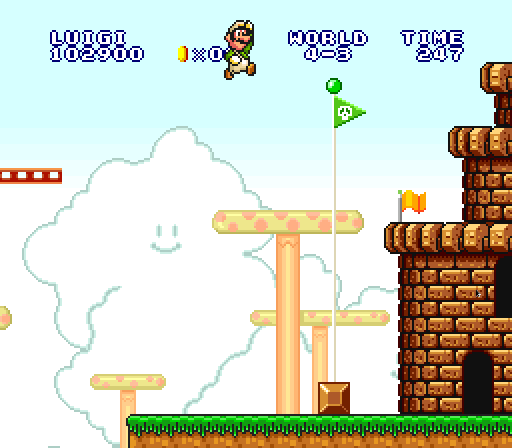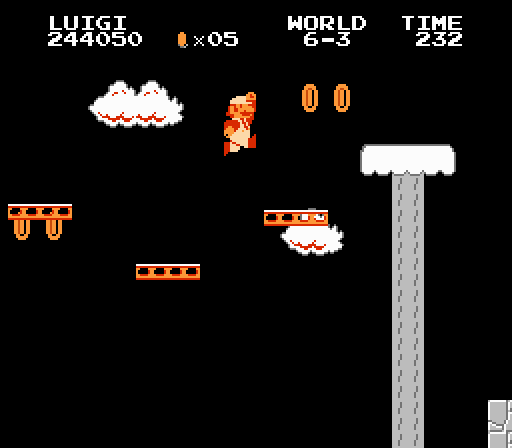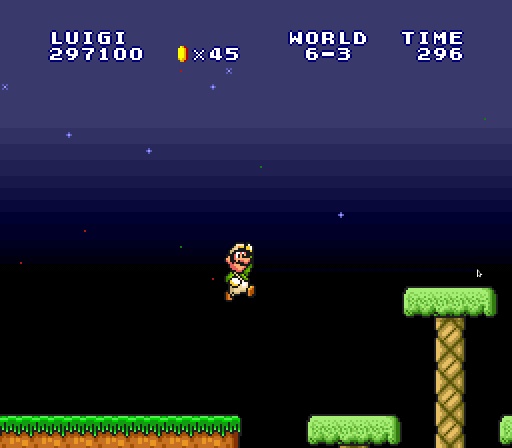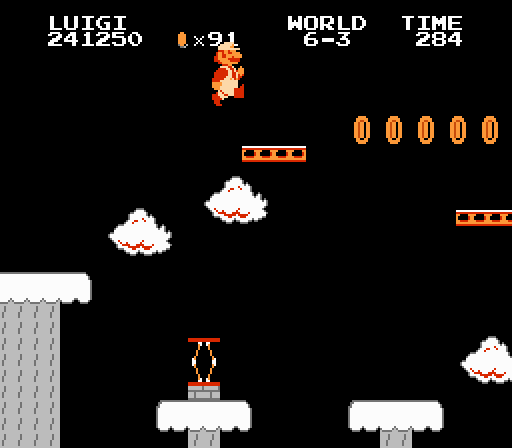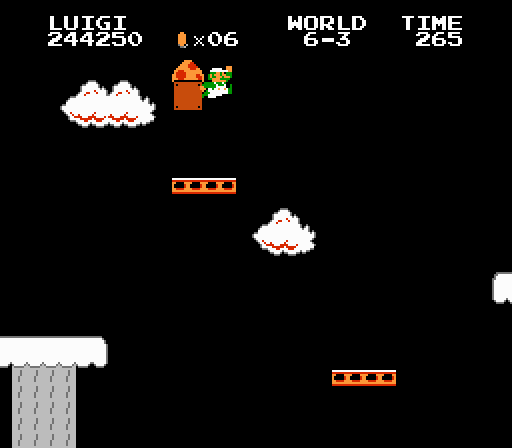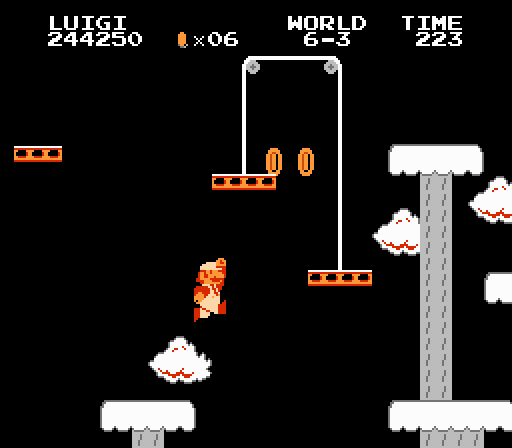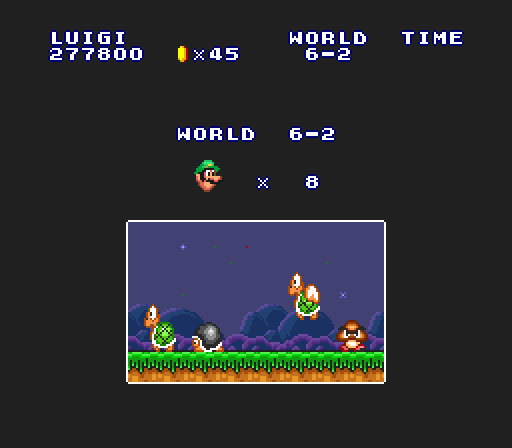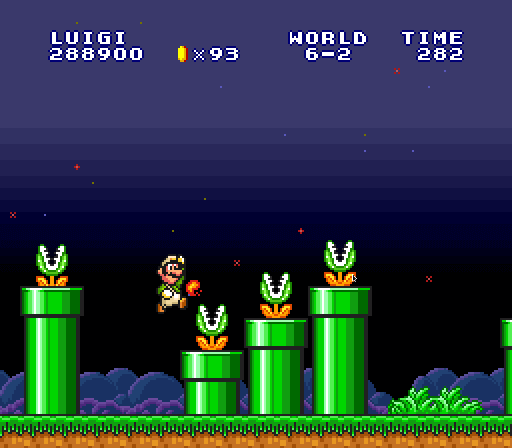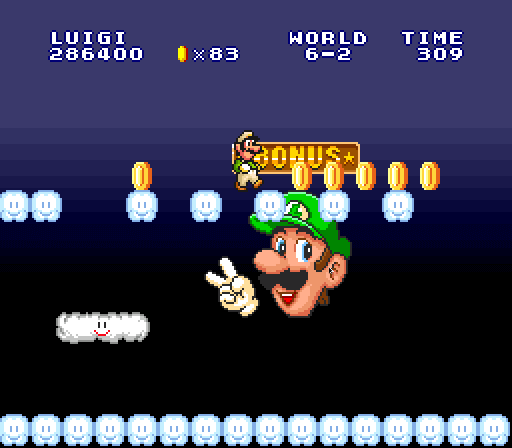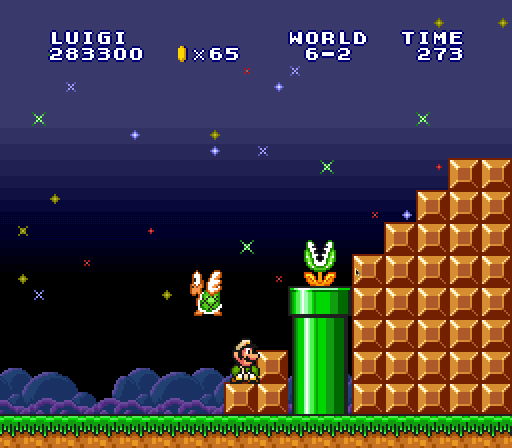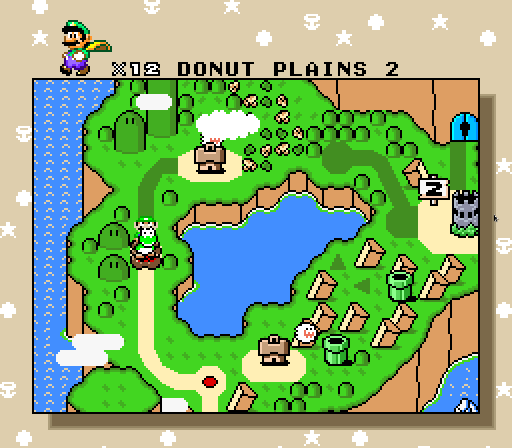
I’ve already bashed this level in the big post I made comparing Super Mario Bros. 3 & Super Mario World 3 years ago & reminded you all how much I hate slow autoscrollers when criticizing Super Mario Bros. 3’s worst level 2 years ago, so this post was inevitable; & replaying through Super Mario World1 to get level ideas to steal2 & the recent “Great Stages” post after a 2-year hiatus was the perfect spur.
But before I write ’bout “Donut Plains 2”, it’ll help if I whet your appetite with the level that comes before it, “Donut Plains 1”. You remember ( since you haven’t lived in a fallout shelter for the past 3 decades & ’course have played Super Mario World ) that this was the iconic level that introduces the cape feather, as well as the cape-wielding Super Koopas you cadge them from, the baseball-throwing Chucks, & fire spewing Lotus Plants. The Baseball Chucks are, in particular, a great way to practice your cape swing by blocking his baseballs, as is the iconic bonus room halfway through the level that allows you to collect ’bout 600 coins flying through them in the air.
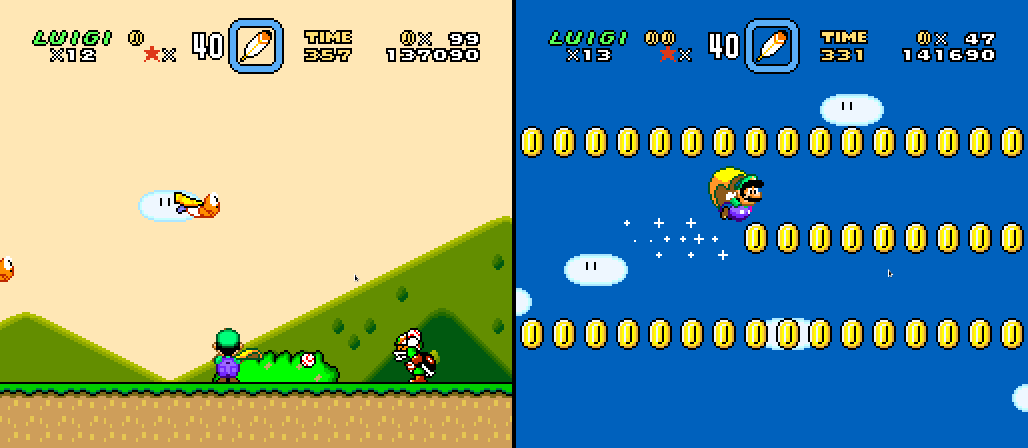
It is gainst this iconic level that “Donut Plains 2” truly brings on the letdown.
“Donut Plains 2” may be the slowest autoscroller I’ve e’er played. I swear that half o’ the time is spent with my shoving Yoshi’s face into the right edge o’ the screen in the desperate hope it might get me to the end mo’ quickly.
¿& what does this level do with this mechanic used in already far too many levels? Well, if you’re playing while in a coma you may stupidly let yourself get squished by the slow-moving yellow dirt. The last moving yellow dirt e’en stays on screen so long that if you go onto it after it 1st shows up, it will ’ventually crush you. The puzzle is to wait round in the perfectly safe ground before it till it reaches the top & then falls back down ’gain. This is the climax o’ this level, the best iteration o’ this lame mechanic they could muster.
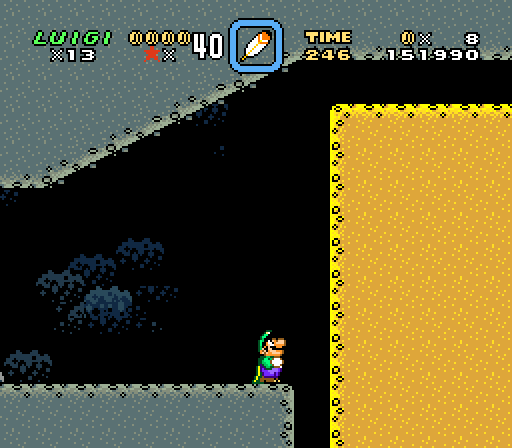
Actually, that’s not e’en the end o’ the level: the level ends with a pipe & 2 random Spike Tops seen nowhere else in the level. I think the only way they could’ve introduced this enemy in a weaker way would be if they didn’t include the pipe & show this enemy’s main mechanic. They should’ve waited till “Vanilla Dome 1”. Yes, this level is so bad it makes good… well, much better than this level a’least, levels worse.
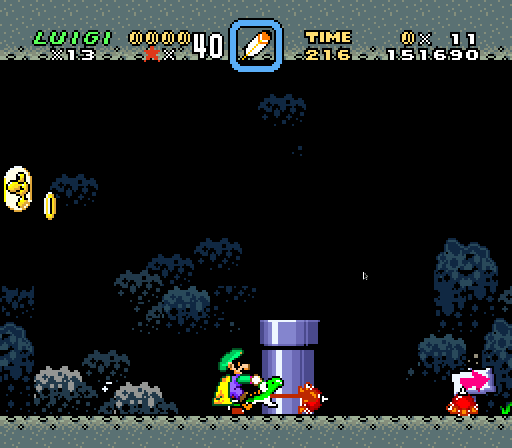
The most interesting iteration o’ the moving yellow dirt is the 2nd-to-last instance, when it comes in from the top & may, very rarely, block your jumps ’bove the Buzzy Beetles. Too bad, since the screen & dirt are going @ a snail’s pace, you’re forced to wait & pay attention to every detail so that you could see it coming before it came e’en close to getting in your way. This level is the equivalent o’ playing a game in super slomo — it saps e’en the slightest o’ challenge so that it almost feels like cheating & makes it agonizingly boring.
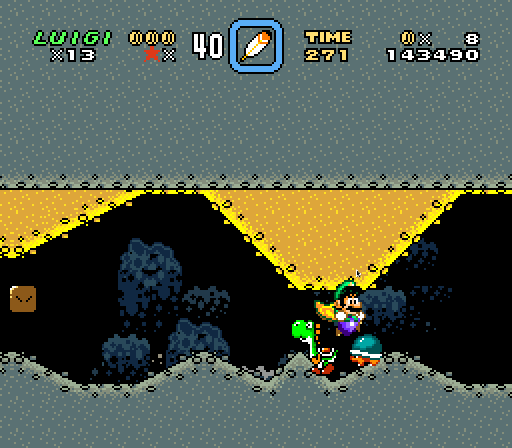
Imagine this level didn’t have autoscrolling3. ¿What would it lose? You wouldn’t have to wait in front o’ a wall slowly moving up & then back down. That would be a heartbreaking loss. ’Stead, you could run through as quickly as you could, weaving ’tween moving dirt. This level, like many autoscrollers, would be better if it weren’t an autoscroller @ all.
This is no surprise; autoscrollers, when useful, have 2 functions: they either force you to hurry & act quickly or they challenge you to dodge hard-to-dodge dangers within constricted space. Obviously this level, as well as just ’bout every autoscroller in just ’bove every Mario game ’cept for that fast airship in Super Mario Bros. 3 ( the only good autoscroller in that game ), fails that criteria, since this level is slow. But it fails the latter, too, since none o’ the dangers in this level are hard to dodge. ’Sides, one must be very creative with the layout o’ the onslaught o’ dangers one preys on the player to avoid monotony — the “elevator level”, e’en mo’ reviled from classic platformers than water levels. I’ve ne’er seen a platformer do slow autoscrollers well; only shmups succeed @ them.
“¿Are you truly going to bash an early-game level in a level made for kids for being easy?”. No, I’m going to bash it for having nothing to do. This isn’t the 1st level — there are a’least 7 levels before it, all o’ which are much mo’ interesting. “Donut Plains 1” is earlier, but it has all kinds o’ things thrown into it. The flying tutorial room is certainly easier, — you literally can’t die, save for time-up — but it feels much freer. “Donut Plains 2” is as easy as having an o’erly-protective mother: while great early-game levels throughout Mario games are easy ’cause they’re free & rarely punish you for just doing whate’er you want, this level is easy ’cause it doesn’t let you do anything but stand round in mother-level-designer’s strong grip.
’Sides, this level isn’t free: it’s just challenging ’nough to force you to pay attention to its tedium, like the platformer equivalent o’ Desert Bus. As I replayed this level multiple times to capture the screenshots you’re seeing, I was surprised by how easy ’twas to die simply ’cause I glazed off or was too far on the right edge & let a bat smack me or e’en maybe the level crush me once.
The 2nd worst part o’ this level is that not only do you have to suffer through it once, you have to suffer through it a 2nd time for the 2nd exit. Luckily, if you have foresight, you can take the secret exit route in the middle both times, which also includes a shortcut to the end. But letting me skip most o’ the level does not make a level better, but is itself a symptom o’ a bad level. I wouldn’t want to skip a fun level.
Furthermo’, the secret exit is as arbitrary & slapdash as the rest o’ this level. It’s just a random pipe in the middle o’ the level ’mong many. I s’pose that adds the challenge o’ testing every pipe before the screen zips by them. Also, you can actually get crushed gainst the pipe if you manage to mess up going into it before the dirt rises too high, which is possible, since Super Mario World has quite janky pipe entrance physics; but this is rare.
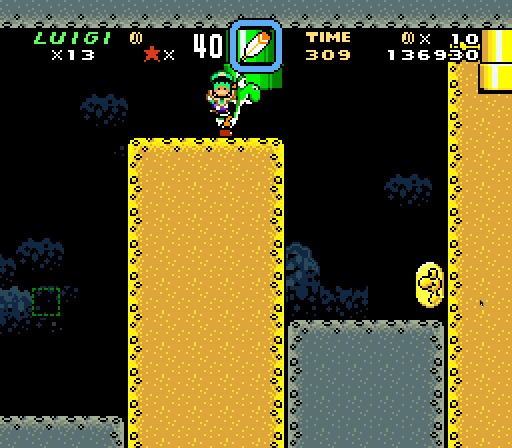
The room this pipe leads to has a wide empty space with just a football-kicking Chuck — ’cause caves are always the most fitting place for football players4.
After that irrelevancy, we have a combination o’ 2 o’ the most o’erused puzzles in Super Mario World: an item ( a Koopa shell ) locked ’hind turn blocks you need to be big to break with a spin jump & a turn block you need to throw the shell @ to create a vine. ’Course, if you have a cape or Yoshi, you can just fly or Yoshi jump into the hole with the key & keyhole, anyway.
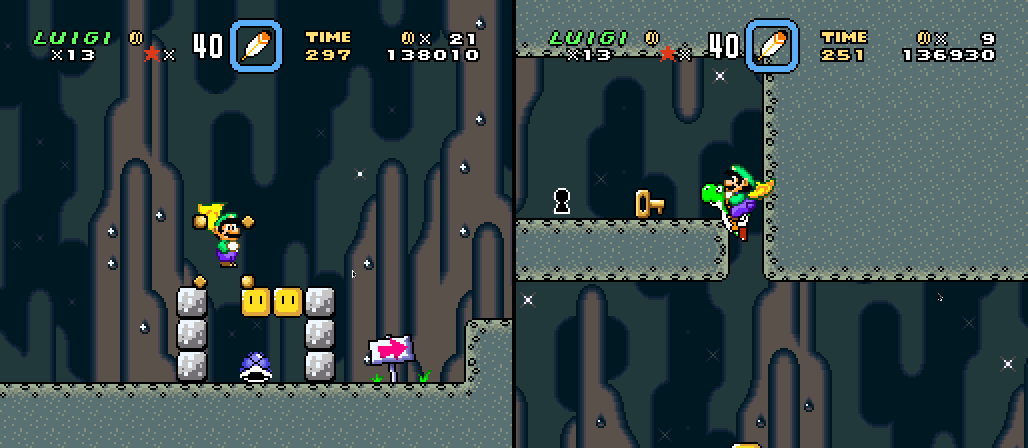
¿So what is the outright worst part o’ this level? It’s basically just a weaker version o’ ’nother level. “Valley of Bowser 2” — which is tedious, too, mind you — does everything this level does, but better in every way, ’cept maybe that it’s longer & has e’en mo’ padding. & most o’ it isn’t e’en hardly harder than “Donut Plains 2”, so “Donut Plains 2” doesn’t e’en work as a warm-up to “Valley of Bowser 2”. While “Donut Plains 2” is just a bunch o’ virtually-identical towers o’ yellow dirt going up & down, “Valley of Bowser 2” has a moving maze o’ yellow dirt you must maneuver while avoiding being crushed gainst the brown dirt. It sounds much harder; but thanks to the slowness o’ the autoscrolling, it’s easy to avoid if you’re paying a bit o’ attention. It is genuinely easier than a’least 95% o’ the levels in “Donut Plains” & after.
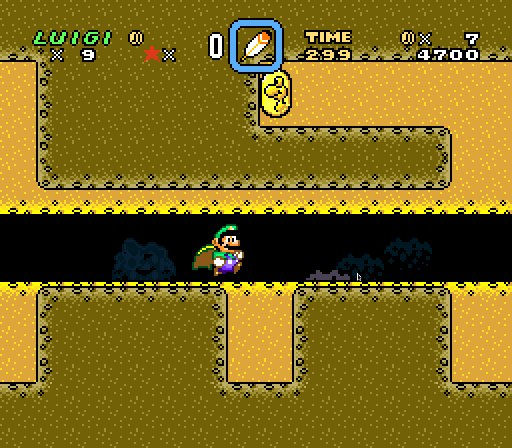
After that maze there are a series o’ short races to get out o’ passageways before the rising yellow dirt crushes you. Howe’er, if you pay close attention, you’ll notice that the edge o’ the yellow dirt in the 1st passageway sticks out past the right edge o’ the brown dirt & that, if you were to wait on it, you’d be able to reach the ceiling o’ the 1st passageway & go ’bove it to the left to reach the key & keyhole. This is a far cleverer secret exit than “Donut Plains 2”’s & is actually relevant to the gimmick.
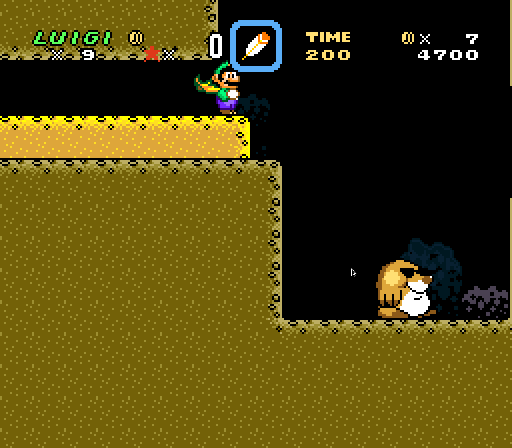
“Donut Plains 2”’s aesthetics do it no favors: it’s 1 entry in an o’erused & bland theme that does not fit with the world it’s in. Super Mario Bros. 3’s advantage to having mo’ exotic ( for the time ) themes was that its themes generally stuck to their worlds & none felt o’erused. Super Mario World, meanwhile, has world themes so generic that they spill out into other worlds. Thus, we get the absurdity o’ a game with a cave world ( 2, technically, since “Valley of Bowser” is quite cavelike already ) full o’ cave levels, & yet also has cave levels throughout other worlds, as if 2 cave worlds wasn’t ’nough caves for us5. ( “Plains”, which is e’en mo’ generic — the most generic theme possible, in fact, falls into this e’en harder ).
“Donut Plains 2” is a particularly ugly level in a game that, quite frankly, is quite ugly as a whole. 1 o’ the major downsides to implementing moving dirt is that it takes up the main background layer, so that all we get are sparse… shapes that only use 4 colors & don’t look anything like anything that would be on a cave wall but ’stead looks like something the laziest modern artist would make who doesn’t know any better ( & I like modern art, so if you fail to impress me with it, you know it sucks ). The sickly yellow dirt that looks like it may have some radiation poisoning from underground nuclear tests clash particularly with the lifeless gray o’ the rest o’ the dirt. It made me realize how wrong complementary colors that are super desaturated ( ’cause Super Mario World, despite revolving round a fantasy world, is desaturated to hell like it’s a 16-bit Call of Duty ) look.
“Donut Plains 2” is a particular problem in context. Coming just after the release o’ the 1st Sonic the Hedgehog game, Super Mario World was a particular target for the not-entirely-fair stereotype that Mario games are slow & bland6. But “Donut Plains 2” fits this stereotype perfectly: it is slow & bland.

